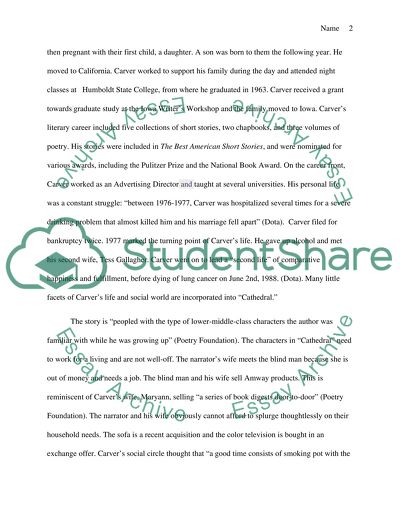Cite this document
(“Biographical Influence of Raymond Carver Research Paper”, n.d.)
Retrieved from https://studentshare.org/literature/1494107-biographical-influence-of-raymond-carver
Retrieved from https://studentshare.org/literature/1494107-biographical-influence-of-raymond-carver
(Biographical Influence of Raymond Carver Research Paper)
https://studentshare.org/literature/1494107-biographical-influence-of-raymond-carver.
https://studentshare.org/literature/1494107-biographical-influence-of-raymond-carver.
“Biographical Influence of Raymond Carver Research Paper”, n.d. https://studentshare.org/literature/1494107-biographical-influence-of-raymond-carver.


